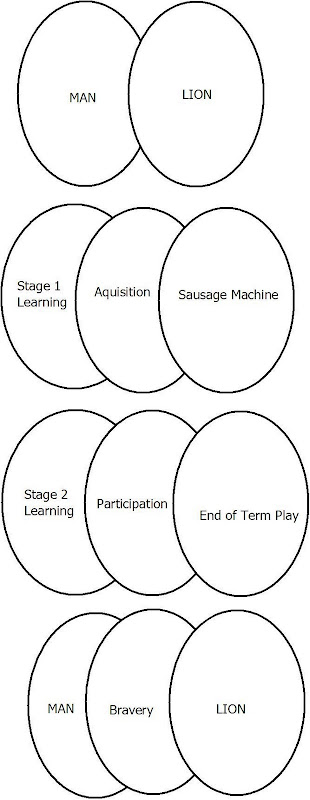The lack of control over where your head goes and what it reveals should understandably go with a note of considerable caution. There often is no such thing as an innocent dream. It sometimes throws me when what is apparent in the dream: its people, actions and events can once analysed tell you something you can't accept or dislike about yourself or others.
Context is everything.
What bothers you as you fall asleep?
What's on your mind?
A film you have just watched could very well fill your head; I'm still enjoying the afterglow of '500 days of summer': troubled because its truth but delighted in the outcome.
It is less the dream diary, but a diary that can help you put your subconscious to work.
Should you write up your troubled day, and should you care not only to bring work home with you but also take it to bed, then indeed, the issue that is strangling your budget, or losing you business friends could be resolved in a dream. Once you have that dream in the conscious arena you can even rework it like a TV producer changing the protagonists and outcomes.
I dreamt I was in a court of sorts (I can see it in my mind's eye but will neither describe it or attempt to draw it unless some detail needs bringing out).
I presume I was a prosecuting solicitor.
Two trials cut together one after the other (have dreams always been film literate?). The second case is a rape; he is 'cock sure' thankfully there is no murder involved. He deserves to receive the severest punishment. The previous case with a different barrister had gone off like a damp squib; perhaps it wasn't as serious a case but I felt the person had got off lightly and I blamed the barrister for not following my instructions suitably closely. In this second trial I have a word perfect summing up which I might expect this new barrister to follow. On the contrary, I find this person launch in more like a hack journalist/columnist than a prosecuting lawyer. I worry that the defendant will get off lightly; however, it soon dawns on me that this person is using my argument but not the script and like a stand-up comic (though with professionalism and the hint of a smile of confidence) they will deliver a knock-out blow: they have taken what I can provide and made it better.
Does this solve my problem?
It doesn't answer something specific. If the photocopier is broken and never gets fixed I don't think I'd turn to my 'dream spirits' for the answer.
Does it even suggest to you that this approach has legs?
Me, I'm the defence solicitor, not the barrister. I may not solve the 'problem' the defendant, though I make my contribution.
Nor have I had to resort to a set of 27 questions to reach this point (see below).
I do not imagine sitting with a bunch of colleagues interpreting their dreams would be appropriate or suitable; they ate too random, and so are we. But I do recommend this approach for personal problem resolution, but be warned, you may try to get your dreams to set out your next career move only to discover that in your heart you hate your job and sector and wish instead to teach English to Japanese school-girls.
